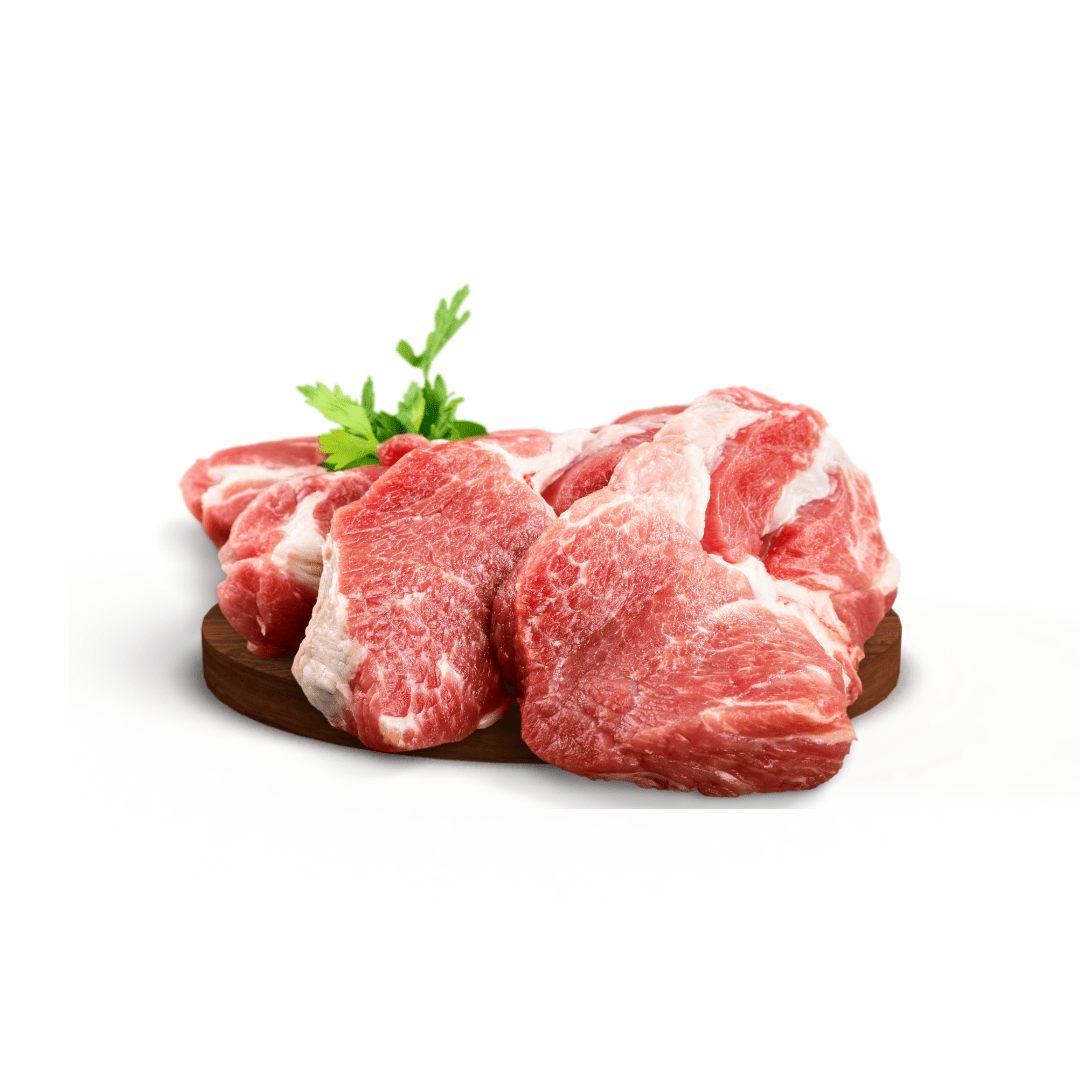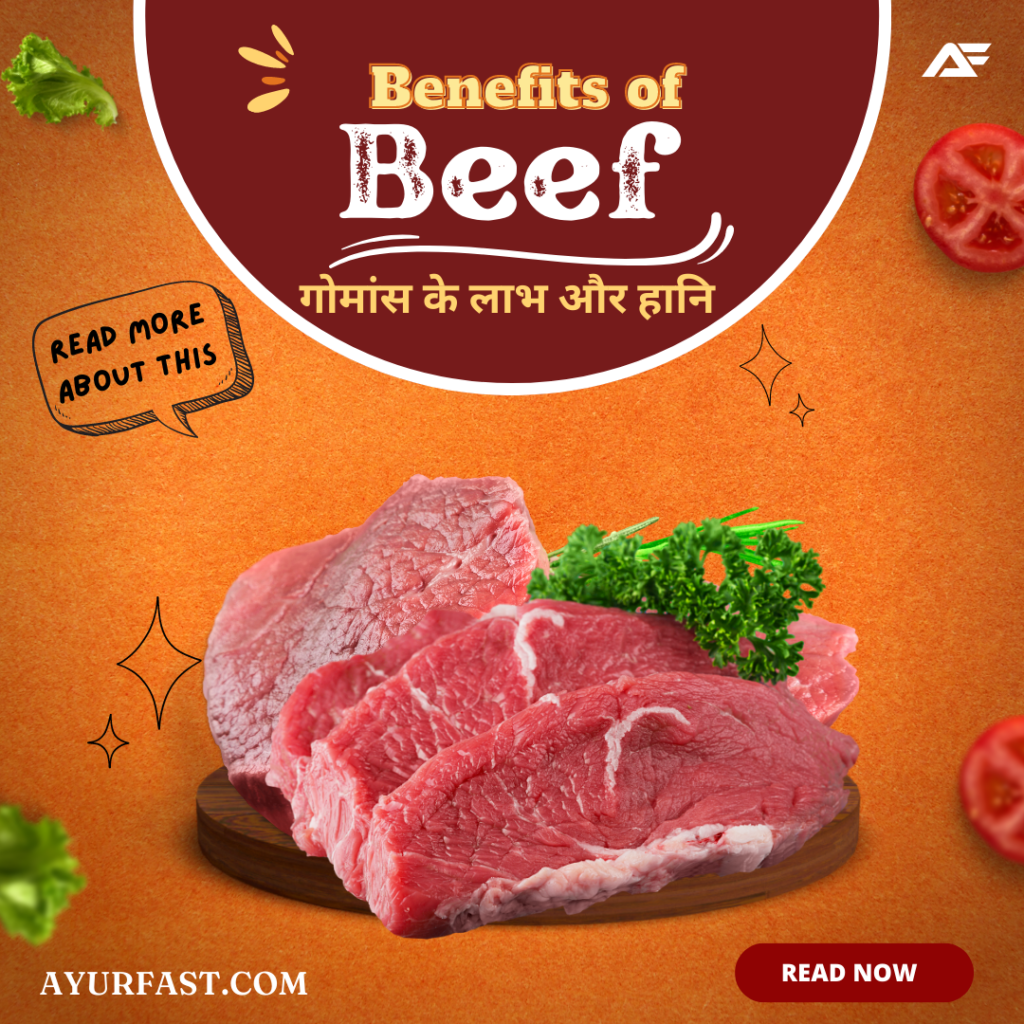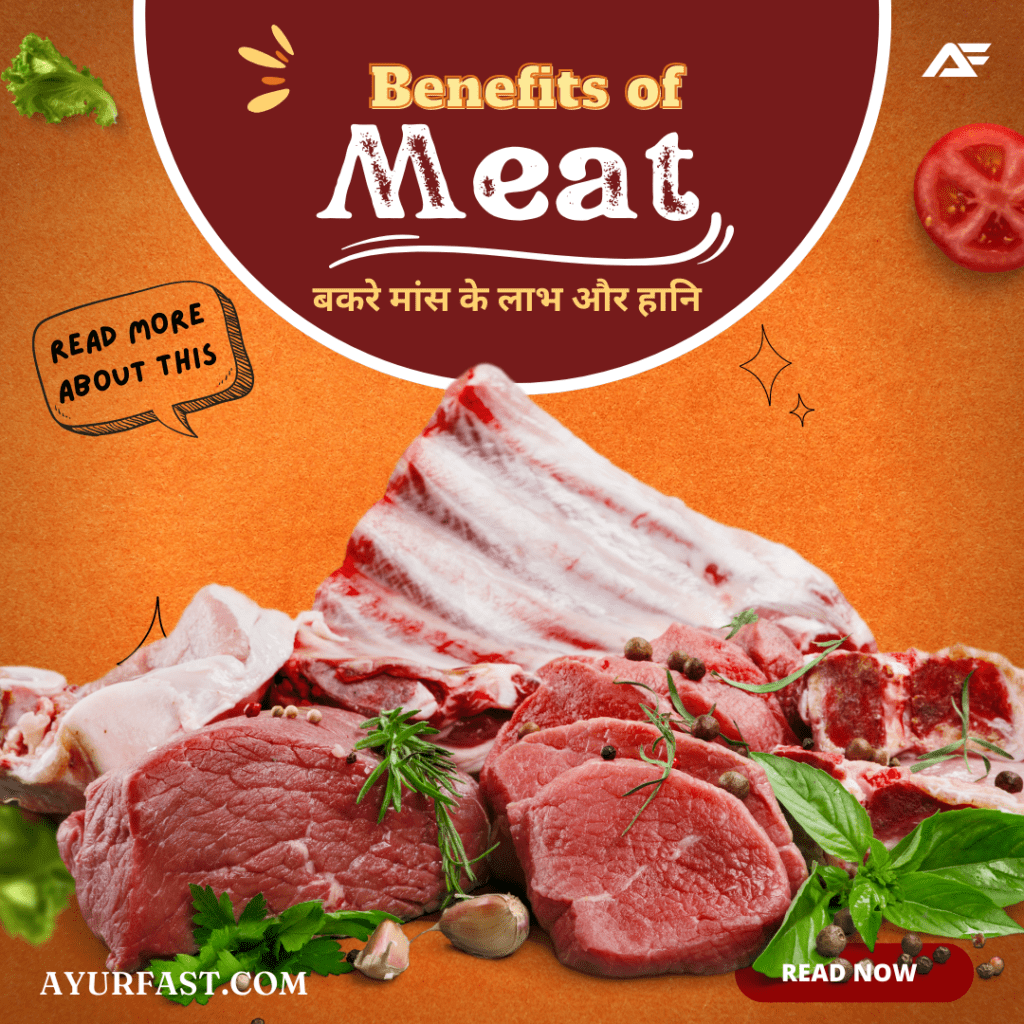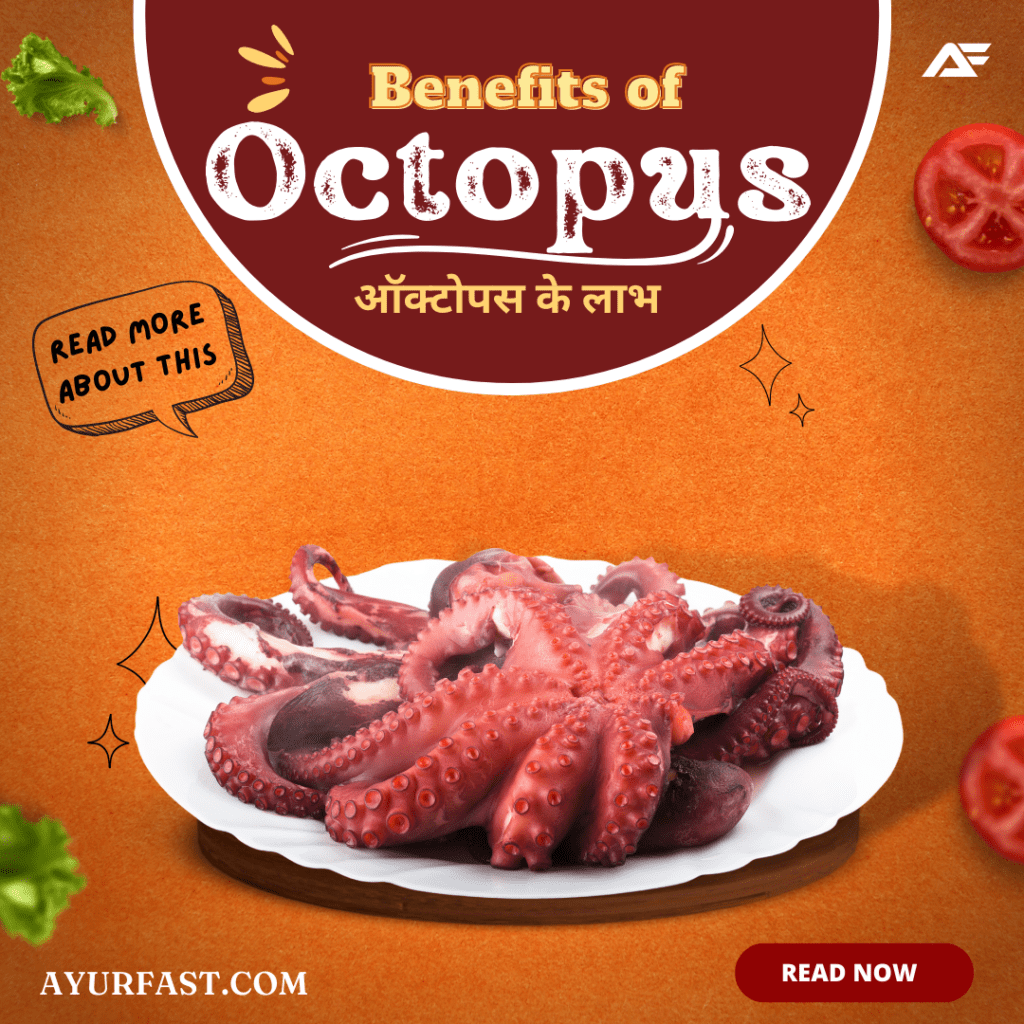About
Lamb is a type of red meat that comes from young sheep, typically less than one year old. It is a rich source of essential nutrients but should be consumed in moderation due to its high saturated fat content.
Health Benefits:
- Rich in protein: Lamb is a great source of high-quality protein, which is essential for building and repairing tissues in the body.
- Contains important vitamins and minerals: Lamb is a good source of iron, zinc, selenium, and B vitamins, which are important for maintaining overall health and preventing nutritional deficiencies.
- May support brain function: The omega-3 fatty acids found in lamb may support brain function and help reduce the risk of cognitive decline.
- May help regulate blood sugar: Lamb is a low-glycemic food, meaning it does not cause a rapid increase in blood sugar levels. This can help prevent insulin resistance and type 2 diabetes.
Health Risks:
- High in saturated fat: Lamb is high in saturated fat, which can increase levels of LDL (bad) cholesterol and raise the risk of heart disease.
- May contain antibiotics and hormones: Some lamb may be treated with antibiotics and hormones, which can have negative health effects if consumed in excess.
Preparation Methods:
- Roasting: Lamb can be roasted in the oven with a variety of herbs and spices for added flavor.
- Grilling: Lamb can be grilled over high heat for a crispy exterior and tender interior.
- Braising: Lamb can be braised in a flavorful liquid, such as red wine or broth, for a moist and tender result.
List of Treatments:
- Roasting: Lamb can be roasted in the oven with herbs and spices for a traditional and flavorful dish.
- Grilling: Grilling lamb chops or kebabs is a popular way to cook lamb and gives it a smoky flavor.
- Braising: Slow-cooking lambs in liquid, such as red wine or broth, can result in tender and flavorful meat.
- Stewing: Lamb stew is a hearty and comforting dish that can be made with vegetables and served with crusty bread.
- Curry: Lamb is a popular protein in Indian cuisine and can be used in a variety of curries.
- Kabobs: Lamb can be skewered with vegetables and grilled for a tasty and healthy meal.
- Shepherd’s Pie: Lamb can be used in this classic dish that combines meat and vegetables with a mashed potato crust.
Harms of Overdose:
- Increased cholesterol levels: Lamb is high in saturated fat and consuming too much of it can lead to high cholesterol levels, which can increase the risk of heart disease.
-
Increased risk of cancer: Overconsumption of lamb may increase the risk of cancer, especially colorectal cancer, due to the presence of heme iron, which can damage the lining of the colon.
-
Weight gain: Lamb is high in calories, and excessive consumption can lead to weight gain, which can increase the risk of obesity-related health problems.
-
Digestive problems: Eating too much lamb can cause digestive problems such as bloating, gas, and diarrhea.
-
Kidney problems: Lamb is high in protein, and consuming too much protein can put a strain on the kidneys, leading to kidney problems.
Per Day Maximum Consumption Chart (50g serving):
- Child: 1-2 servings
- Adult man: 2-3 servings
- Adult woman: 1-2 servings
Energy (per 50g serving) Of Lamb :
| Nutrient | Amount |
|---|---|
| Calories | 82 kcal |
| Total Fat | 6.1 g |
| Saturated Fat | 2.5 g |
| Cholesterol | 24 mg |
| Sodium | 17 mg |
| Carbohydrates | 0 g |
| Fiber | 0 g |
| Sugars | 0 g |
| Protein | 6.9 g |
| Water | 35 g |
Macro Nutrients (per 50g serving) Of Lamb :
| Nutrient | Amount |
|---|---|
| Carbohydrates | 0 g |
| Fats | 6.1 g |
| – Saturated Fats | 2.5 g |
| Proteins | 6.9 g |
| Fiber | 0 g |
| Water | 35 g |
Vitamins (per 50g serving) Of Lamb :
| Nutrient | Amount |
|---|---|
| Vitamin A | 0 IU |
| Vitamin B1 (Thiamin) | 0.1 mg |
| Vitamin B2 (Riboflavin) | 0.1 mg |
| Vitamin B3 (Niacin) | 2.2 mg |
| Vitamin B5 (Pantothenic acid) | 0.3 mg |
| Vitamin B6 (Pyridoxine) | 0.1 mg |
| Vitamin B9 (Folate) | 2.3 mcg |
| Vitamin B12 (Cobalamin) | 0.3 mcg |
| Vitamin C | 0 mg |
| Vitamin D | 0 IU |
| Vitamin E | 0.2 mg |
| Vitamin K | 0.1 mcg |
| Biotin | 0.2 mcg |
Minerals (per 50g serving) Of Lamb :
| Nutrient | Amount |
|---|---|
| Calcium | 4 mg |
| Iron | 0.5 mg |
| Magnesium | 5 mg |
| Phosphorus | 40 mg |
| Potassium | 71 mg |
| Sodium | 17 mg |
| Zinc | 0.6 mg |
| Copper | 0.1 mg |
| Manganese | 0.1 mg |
| Selenium | 5.5 mcg |
| Fluoride | 0 mcg |
| Iodine | 0 mcg |
| Chloride | 0 mg |
What are the health benefits of eating lamb?
Lamb is a great source of protein, iron, zinc, and vitamin B12, making it a healthy addition to your diet.
How do you cook lamb chops?
Lamb chops can be cooked on the stovetop, in the oven, or on the grill. It's important to season them well and cook them to the desired level of doneness.
What is the best way to prepare lamb shank?
Lamb shank can be slow-cooked in the oven or on the stovetop with vegetables and herbs for a tender and flavorful dish.
What is the nutritional value of lamb meat?
Lamb meat is high in protein, iron, zinc, and vitamin B12. It is also a good source of omega-3 fatty acids.
How can I buy grass-fed lamb meat?
Look for grass-fed lamb at your local farmer's market or natural food store.
What is the difference between lamb and mutton?
Lamb is meat from a young sheep, while mutton is meat from an adult sheep.
What are some Mediterranean lamb dishes?
Some popular Mediterranean lamb dishes include lamb kebabs, lamb tagine, and lamb souvlaki.
How long does it take to cook lamb roast?
The cooking time for a lamb roast will depend on the size and cut of the meat. A general rule of thumb is to cook it for 20 minutes per pound at 325°F.
What is the history of lamb consumption?
Lamb has been consumed by humans for thousands of years, with evidence of its consumption dating back to ancient times.
What are some popular Easter lamb dishes?
Some popular Easter lamb dishes include roast lamb, lamb chops, and lamb stew.
How do you make lamb kebabs?
Lamb kebabs are typically made by marinating cubed lamb meat in a mixture of spices, yogurt, and lemon juice, and then grilling them on skewers.
What are the most common lamb cuts?
The most common lamb cuts include chops, shank, leg, rack, and loin.
How do you cook lamb curry?
Lamb curry is typically made by simmering lamb meat with a variety of spices and vegetables in a curry sauce.
How can I prepare a lamb rack?
Lamb rack can be roasted in the oven with a simple seasoning of salt, pepper, and herbs.
What is the average price of lamb meat?
The price of lamb meat will vary depending on the cut and the region, but it is generally more expensive than beef or pork.
What are some savory lamb dishes?
Some savory lamb dishes include lamb stew, lamb curry, and lamb chops.
How do you make a lamb burger?
Lamb burgers can be made by mixing ground lamb with spices and herbs, shaping into patties, and grilling or pan-frying until cooked through.









